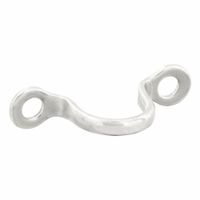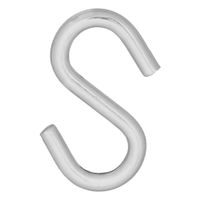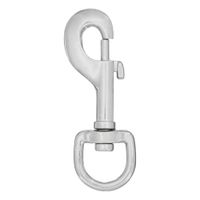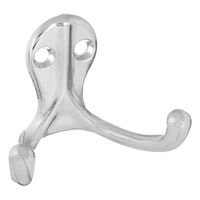The weight limits for hooks and pulleys, often referred to as their Working Load Limit (WLL), vary significantly based on several factors, including the material, design, size, and intended application. It's crucial to understand these limits to ensure safety and prevent equipment failure.
For hooks, the WLL is determined by the type of hook (e.g., eye hooks, clevis hooks, swivel hooks, self-locking hooks), its material (e.g., alloy steel, carbon steel, stainless steel), and the manufacturing process. For instance, alloy steel hooks generally have higher WLLs than carbon steel hooks of the same size due to their superior strength. The design also plays a role; a forged hook will typically have a higher WLL than a cast hook. Always refer to the manufacturer's markings on the hook for its specific WLL. Overloading a hook can lead to deformation, cracking, or catastrophic failure, posing serious safety risks.
Similarly, the WLL for pulleys depends on their construction, sheave diameter, bearing type, and the material of the block and sheave. Pulleys designed for lifting heavy loads, such as those used in industrial rigging, will have a much higher WLL than smaller, lighter-duty pulleys used for recreational purposes. The number of sheaves in a pulley system also impacts the effective lifting capacity, as multiple sheaves can increase the mechanical advantage. Like hooks, pulleys must be regularly inspected for wear, cracks, or any damage that could compromise their integrity. Using a pulley beyond its WLL can cause the sheave to seize, the block to break, or the rope to jump out of the sheave, leading to uncontrolled movement of the load.
In both cases, factors like shock loading, extreme temperatures, corrosion, and wear can reduce the effective WLL. It is imperative to always select hooks and pulleys that are rated for the maximum anticipated load, and to incorporate a suitable safety factor. Regular inspection and adherence to industry standards and manufacturer guidelines are essential for safe operation.




